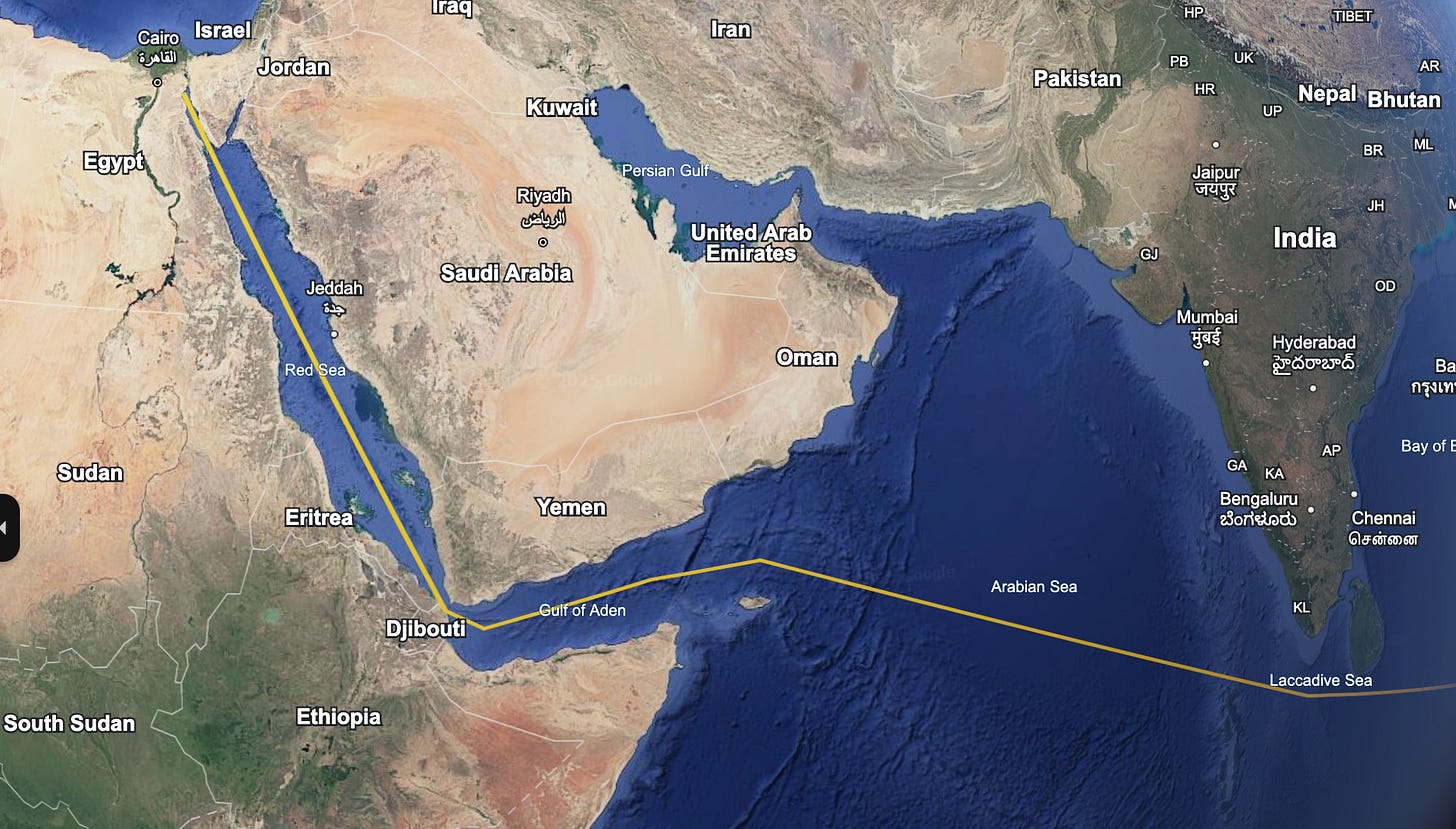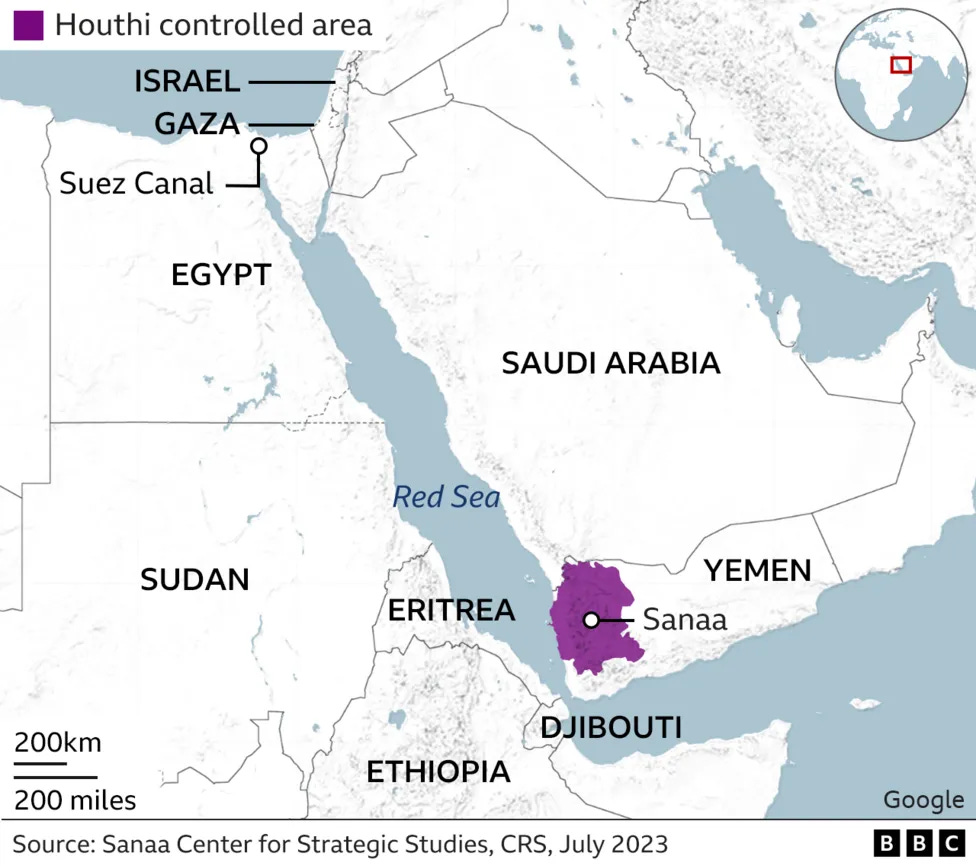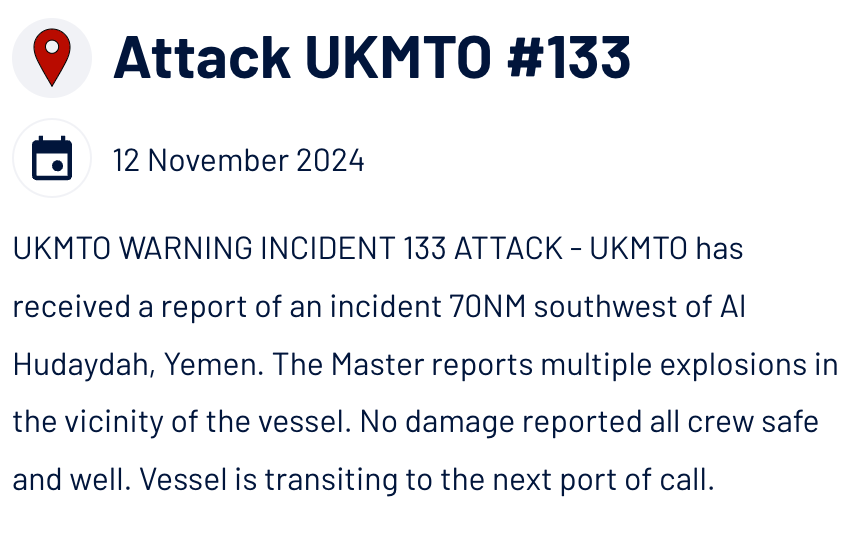Piracy & Security Concerns for Sailors
How safe is cruising, really? And what security measures can you take?
One of my biggest disappointments was missing out on the experience of sailing the Northern Indian Ocean, entering the Red Sea and transiting the Suez Canal. This was Plan A for me and Nick for all the years we were waiting for RR2 to be built, and during that time I did a TON of research. We became convinced that a) it would be an incredible bucket-list sailing experience unlike anything else we’d ever do, b) it would be a considerable challenge from a weather routing and planning perspective and c) would probably be a pretty stressful experience for us cautious types, but well worth it.
Alas, just as RR2 completed her build in Vietnam, the region became far less stable and, with the rise of Somalian Piracy attacks and the targeting of merchant ships by Houthi rebels, along with the general instability in the region, we agreed that the risks were too high and we opted to ship the boat instead. However, I thought I’d revisit the topic of Piracy, Security and general Safety of cruising in today’s Substack, because it’s a topic that’s of great interest to cruisers. I’ll be giving an overview of the Red Sea situation as it stands right now (is it safe to sail there? Is anyone actually doing it? And how, exactly, is it done anyway?), and I’ll also discuss Onboard Security in a broader sense. Should we, as cruisers, be concerned about crime? Do we carry pepper spray, or baseball bats? Should we bring guns onboard, if we have them? Let’s chat about it.
But first, The Red Sea
Sailing the Red Sea and the Gulf of Aden has always been a tempting option for many cruisers wanting to move between the Indian Ocean and the Mediterranean, in either direction. Historically, it’s been considered an unsafe no-go area (which definitely hasn’t stopped many sailors from making the journey); more recently it’s been deemed marginally safer, and more cruisers have been taking that route; most recently, with the regional instability of the past 18 months, it’s become an area of concern again for many sailors. Let’s break this down.
Removal of the High Risk Area (HRA)
Piracy off the coast of Somalia has been taking place since the 1990s, reaching a peak in 2010, during which time there was a piracy attack on a merchant ship every other day. Clearly, this was considered untenable, and the High Risk Area was designated (shown below in red) to raise awareness of the geographical position of piracy attacks. Merchant ships were grouped together in convoys, often accompanied by armed guards and private security, and a counter-piracy effort was mounted by a coalition of armed forces. These efforts were successful: piracy attacks became less common and the High Risk Area was lessened incrementally over time. In January 2023, the High Risk Area was removed entirely. There hadn’t been a piracy attack since 2017 and while a military presence remained, the risk of piracy was considered to be very low. The removal of the HRA also prompted the hope that insurance would once again be offered to cruisers; when we enquired with our insurer back in 2023, they were willing to cover us to transit that area.
The Current Situation
However, as we all know, the security situation in the region has since deteriorated. There are now two security and safety concerns for cruisers hoping to enter the Red Sea. One is, once again, piracy groups based in Somalia. The second is the Houthi attacks on merchant ships in recent months.
Now is a good time to introduce the United Kingdom Maritime Trade Operations (UKMTO) who operate a Voluntary Reporting Scheme (VRS) for all vessels in this part of the Indian Ocean. The UKMTO acts as the primary point of contact for all vessels in the area, who can (should) report their position every morning via email.
Recent incidents that have been logged by the UKMTO include the following:
If you refer to the map of the incidents above, you can clearly see that this is the route any sailing vessel would also take, through the Bab el Mandeb strait and into the Red Sea.
So, have there been any recent incidents involving sailing vessels? The current situation is so changeable, that it’s hard to assess the risk to sailing boats.
The most recent incident I can find is from August 2024, reported to Noonsite, which involved a sailing yacht being approached by an Eritrean-based boat, rammed, fired upon, and forced towards land. The Skipper sent out a MAYDAY and contacted the UKMTO and MSCHOA (Maritime Security Centre- Horn of Africa). After a time, the Eritrean boat let them go. Apparently this is not an uncommon event; two other boats had similar experiences last year. The explanation that was offered to Noonsite by Wade Alarie, who moderates the closed Red Sea Facebook group, has much experience sailing the region, and is generally considered the go-to expert for sailing the Red Sea, was that the Eritrean boat was likely an official vessel protecting their coastline from the Houthis. He also points out that, according to his reports, the Houthi rebels are uninterested in attacking privately owned sailing boats. A Dutch publication who reported on those three incidents speculated that it could have been Yemen- or Eritrean-based piracy operations. Whatever the case, there is no doubt in my mind that transiting that region is a risk that I would not be willing to take right now, and I’d rather change my sailing plans (or ship the boat) than voluntarily place myself in that situation.
As for Piracy in the Horn of Africa, there has been a recent spike in Somalian piracy incidents in the past 12 months. The attacks have, so far, been on ships, but we know from historical incidents that pirates will hijack sailors. There is some concern that with the shift in focus to the Red Sea, anti-piracy measures have not been upheld by coalition forces in the face of the demanding task of protecting against drones and missiles from the Houthis. This has left the door wide open for a resurgence in piracy attacks off the coast of Somalia, and it seems that piracy groups are taking advantage.
What to do if you’re sailing via the Red Sea
There are guidelines for yacht-owners who wish to sail their boats through the Red Sea and past the Horn of Africa. The detailed guidelines are also below in a PDF and make for interesting reading, even for those of us never planning to take on this challenge. In short, the guidance is:
Register with both UKMTO and MSCHOA
Familiarise yourself with the threat and attack patterns
Carry UK Admiralty Anti-Piracy Planning Chart – Red Sea, Gulf of Aden and Arabian Sea – Q6099
During the passage, monitor VHF 16 and VHF 8
Yachts are advised to follow a specific route between the two lanes of the Internationally Recognised Transit Corridor (similar to a Traffic Separation Scheme). Coordinates are in the document linked above.
Form a convoy of no more than 5 vessels
Do not carry arms
Leave AIS on so you’re visible to warships
Use Navigation Lights
Ensure you have plenty of spare diesel
Make sure your next of kin know where you are and know which authorities to contact if the worst should happen
Take precautions such as only wearing an old watch, only carrying copies of important documents, carry old expired credit cards, etc, in case you are boarded.
If you are under attack, call a MAYDAY and contact the UKMTO.
If you are boarded by pirates, stay calm, cooperate, and do not use a firearm, flares or any other weapons, even if you have them.
Security and Safety for Cruisers More Broadly
When we think of personal safety and cruising, our thoughts immediately jump to piracy, but in fact, piracy is the easiest thing to avoid due to the fact that organised piracy is not widespread, but rather concentrated in specific geographical locations. Somalia and the Horn of Africa is the most infamous region for piracy, but there are also piracy groups elsewhere in the world: namely, the Sulu and Celebes Seas in the Phillipines.
However, some cruisers remain concerned about general crime and personal security. Let’s have a chat about that now. Is cruising safe? What about recent incidents in the Caribbean? Should I carry personal defence spray? Should I bring my gun with me while sailing? We’re going to take a look at a range of recent real-life incidents and discuss what measures cruisers can take to keep themselves safe, and whether it’s generally safe to go cruising.
Keep reading with a 7-day free trial
Subscribe to Boat Life with Sailing Ruby Rose to keep reading this post and get 7 days of free access to the full post archives.









